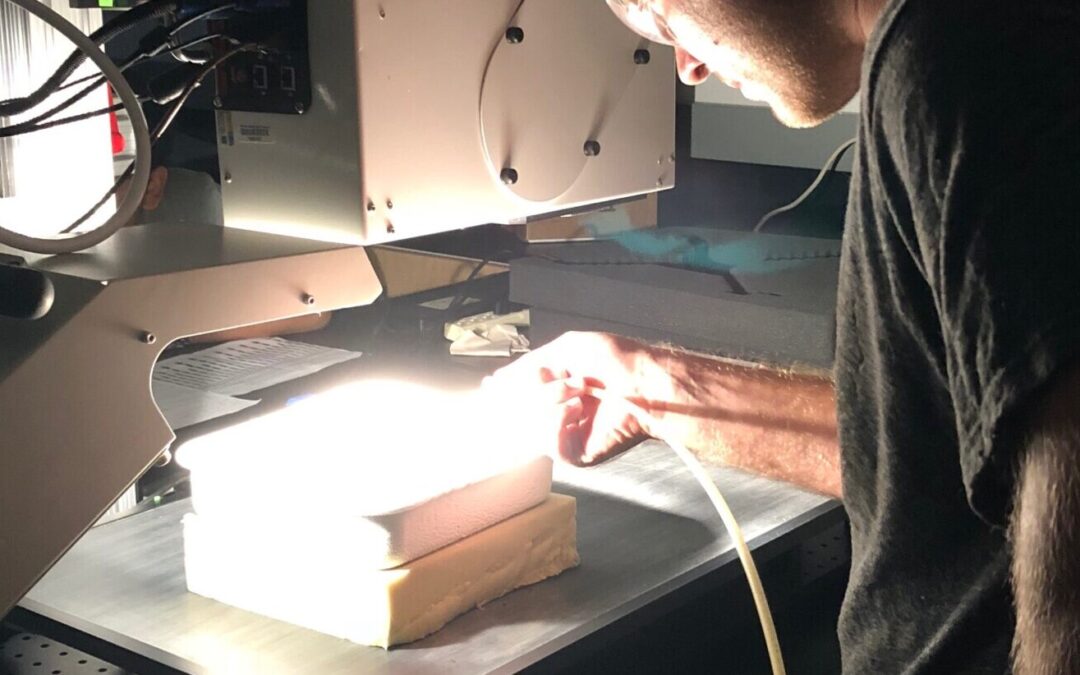
The Trouble with FAFSA – Possible Waitlists Ahead
Many of you have no doubt heard about the recent troubles with the Department of Education’s rollout of the new FAFSA this year. If not, here’s the brief brief:
- The launch of the new FAFSA was delayed from its typical October timeline to (essentially) January…
- When it did launch, the site crashed often, leaving families waiting – sometimes for hours, sometimes weeks – before they were able to log back on to complete their applications for aid
- Once this tech issue was resolved, the Department of Ed announced that a miscalculation had been built into the program, which would further delay the processing of financial aid for millions of students
- Most colleges and universities will not begin receiving the information they need to calculate student financial aid packages until this week
- And this processing delay – in and of itself – created further problems because it meant that many students couldn’t “correct” their FAFSA to apply for aid at schools beyond the original 20-institution limit.
And on it goes. A New York Times article last weekend reported that there were approximately 70,000 unread emails in the FAFSA inbox with “crucial identifying information required for financial aid.”
If your family is applying for financial aid this year, then you have likely already felt some of these impacts.
But even if your family is in the fortunate position of not needing to apply for aid, this situation may affect you. Please read on to glean some of the possible downstream effects for everyone:
First, the FAFSA delays are going to make it difficult for colleges and universities to create individual financial aid packages in a timely manner and to incorporate the financial modeling they need to admit fiscally sustainable classes.
This financial uncertainty – this “not knowing” – has already created backlogs in many college admissions departments and, fortunately, is leading many forward-thinking colleges to extend their enrollment response deadlines from the traditional May 1st to May 15th and, in some cases, June 1st. These schools understand that students and families with financial need will need more time to weigh their financial aid packages and make responsible enrollment decisions.
“Great, more time!” you say. Except if even one of your many schools is requiring a response by May 1st, it’s hardly a benefit. You and your family will still need to make some decisions by May 1st. Students must remain meticulously attentive to their different enrollment deadlines!
Equally concerning is that many colleges will likely place large groups of students on waitlists to hedge against their enrollment concerns. Waitlist activity has been on the rise over the past few years, but we expect ever-increasing reliance on waitlists this spring.
A quick primer on waitlists: a) They draw the college process out even longer for students and families, sometimes as late as July. b) If a student is waitlisted at one of their top colleges and would still like the opportunity to attend, there is no guarantee of admission, so they should enroll at their current best option. c) If later, the student is fortunate enough to be offered enrollment from the waitlist, they are free to make the change, but they’ll lose their enrollment deposit from the previous school – sometimes a thousand dollars or more.
And while all of this “not knowing” is destabilizing for everybody, it could be even more damaging to first-generation and low-income students. Not having a financial aid package in hand when enrollment deadlines come around may keep many undocumented, Pell-eligible, and low-income students from enrolling altogether, simply opting out of the entire higher ed proposition. Or in the event of a waitlist, some of these students may not be able to forgo their tuition deposit in order to switch to their preferred school.
It is too soon to say, but further downstream, the bungled rollout of the new FAFSA and enrollment mess it has caused may cripple smaller, more tuition-dependent institutions. We hope it’s not the case, but some small but wonderful educational options may simply cease to exist in the coming years.

